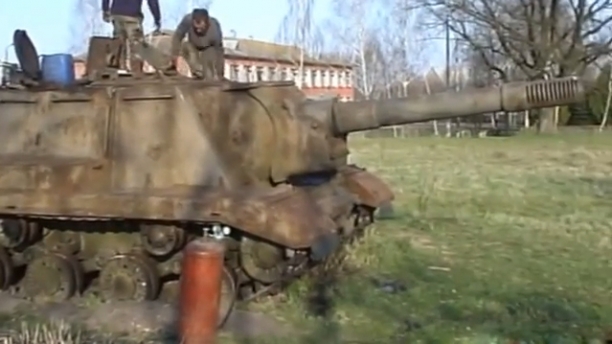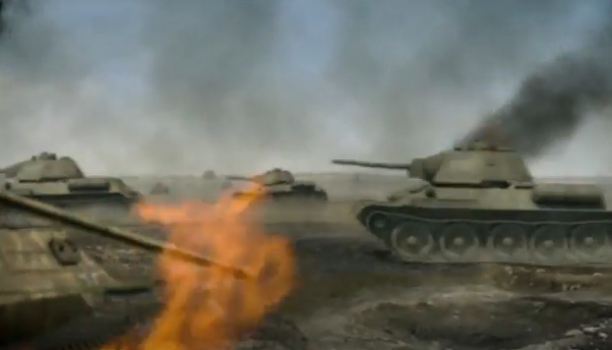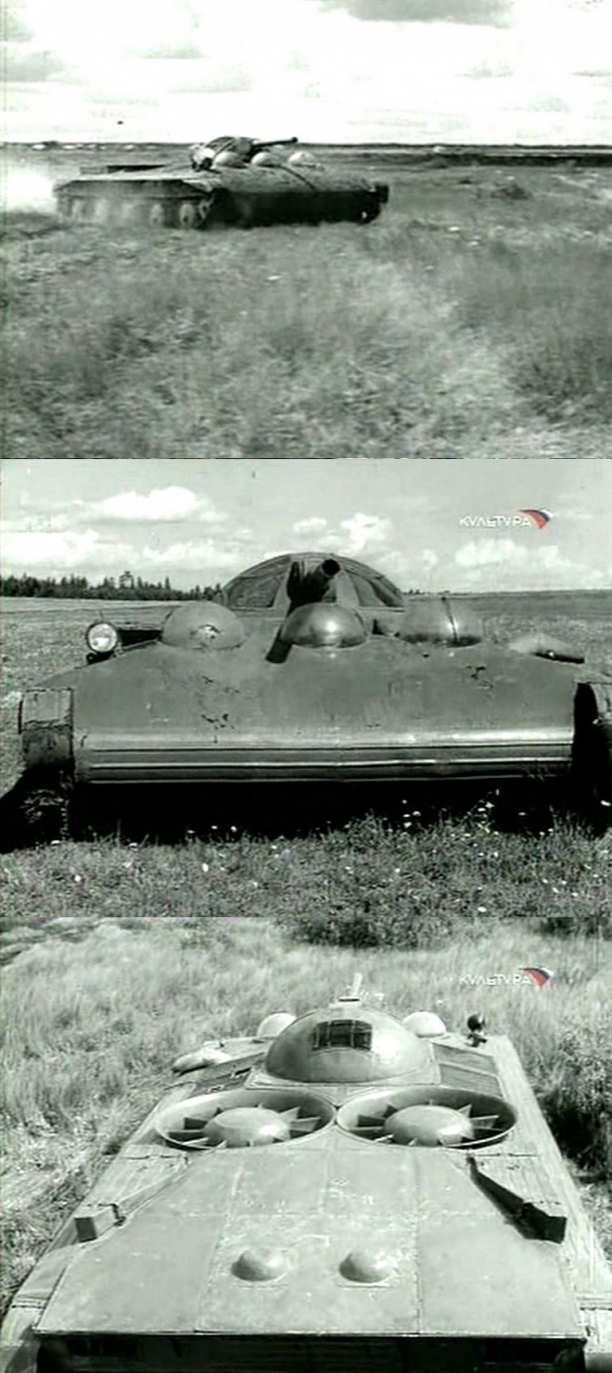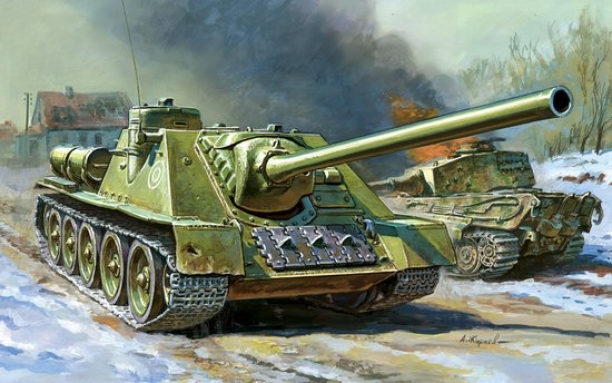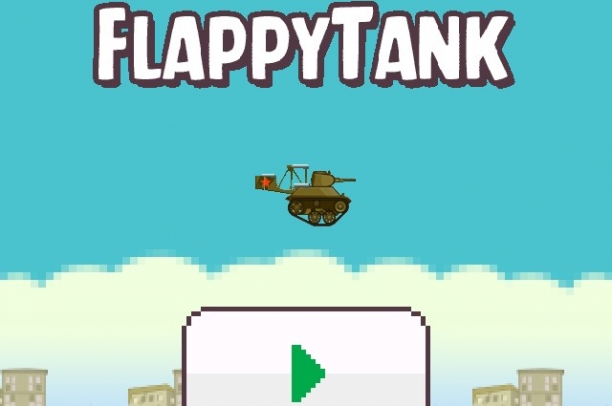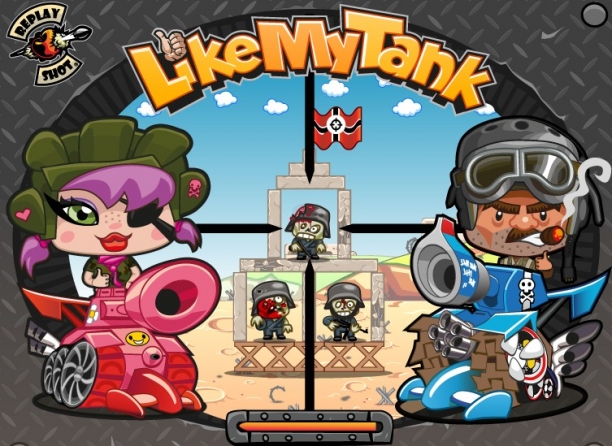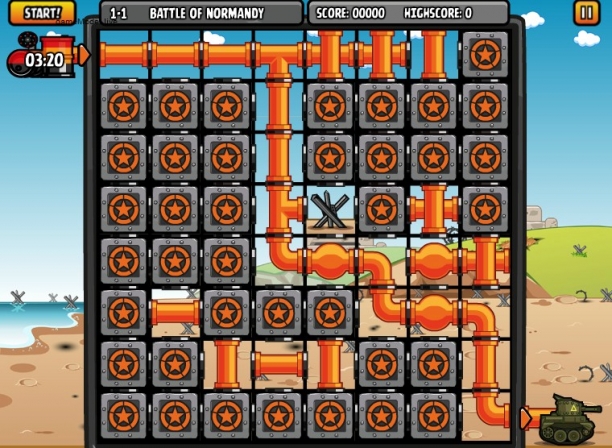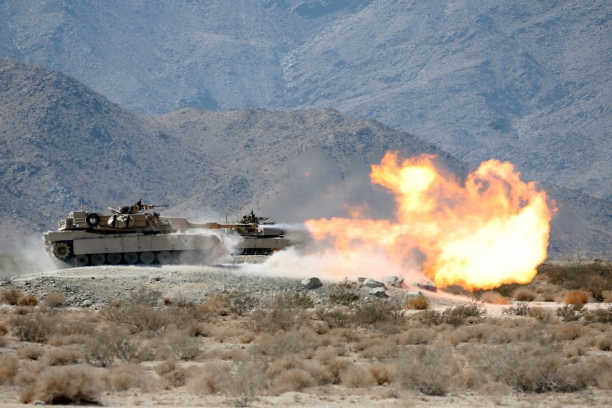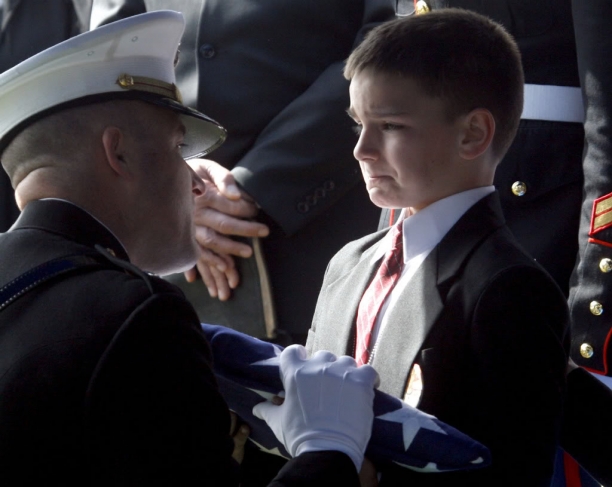Nicknamed the "Beast Killer" this is a Soviet armored assault weapon that can definitely take out enemy tanks. It was used during the second World War, and it could completely annihilate a Nazi tank into a scrap metal pile.
|
This Nazi heavy tank built in 1942 which was used during World War 2 was called Tiger I. The ultimate formal German name was Panzerkampfwagen VI Tiger Ausf.E, oftentimes called Tiger for short. It was a response to a remarkable T-34 and the KV-1 which were part of the Soviet armor during the first months of encounter prior to the invasion of Soviet Union. Tiger was developed to counter and combat Soviet armors.
The design of Tiger I provided The Wehrmacht (refers to the German armed forces of WW II) their first tank mounting the 88 mm gun in its first version called the KwK 36. This gun was the primary weapon of Tiger I. It also showed its high effectiveness both on air and ground targets. The Tiger I was the combat fighting tank used during World War II on all German battlefronts. It was proven to be strong and tough and generally positioned in independent tank battalions.
What do you think?
|
One of the largest battles in the war was the Battle of Kursk. It was one of the biggest and most important tank battles that ever happened. The aim of the battle for the German army (they called it "Operation Citadel") was to make the Red Army weak, but it actually ended with the Soviet army winning and the German Nazi army taking a huge loss.
|
The T 34 Soviet medium tank was first used in 1940 and had a very large influence on the ways that tanks are designed. It has been talked about as one of the best tanks that was used during the Second World War. It had the best balance as an overall tank, but it wasn't designed to hold the passengers very well, didn't have radios, and performed tactics poorly. That being said, it had guns that made it a fierce adversary for the time. The three inch machine gun was by far the best tank gun at that time. The armor also made it hard to destroy by other tanks. German military officials called it one of the fiercest tanks on the field of battle.
|
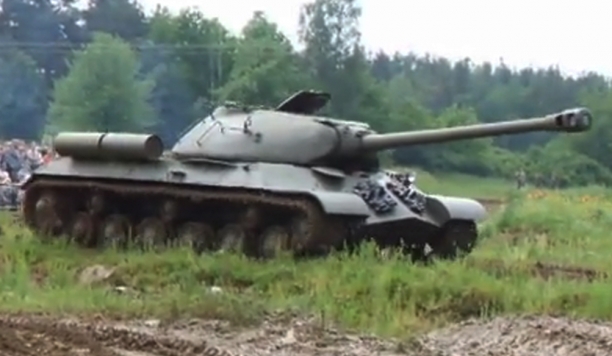
The IS-3 or the Iosef Stalin (Joseph Stalin) IS3 was part of a series of tanks that served Soviet Army during the WWII. The whole series was based upon the KV tanks and began with the IS-1 that was produced in the year 1943. The IS-2 came next during the very same year. The IS-2 came fitted with the 122, main gun - a lethal weapon indeed. The IS-3 was developed afterwards because the Soviets were convinced of its value.
The IS-3 modifications were a re-design of the whole series. For instance, the armor protection of the IS-3 is the best of the lot. This tank has better turret armor protection than its predecessors and is thus a safer machine to operate overall. The armor of the whole series was already a stand out. There were other modifications made on the turret. It was well-rounded and there was more space for the turret crew. Additional projectiles were also given ample space. For better protection from ballistics, the glacis plate had increased slope. The combined modifications on the turret and hull resulted in a lowered silhouette. This made the tank more difficult to track and target from any given angle.
The chief armament of the IS-3 was the 122mm (121.9mm). This was infamous during the war for its excellent penetration capacity and the flexibility that came with it. Expert crew can let off from 2-3 rounds every minute. The projectile choices were expanded as well to include 10 AP or armor-piercing rounds. In addition, there were 18 HE or high-explosive fragmentation. The IS-3 was capable of facilitating battlefield targets.
In October, 1944 the IS-3 prototype was designated as "Object 703." After a very short while and a series of evaluations this was approved for production. Factories in the Soviet Union capable of constructing heavy vehicles were soon busy with construction. The very first operational IS-3 tanks were entered into the inventory of the Soviet Red Army on May, 1945. The IS-3 appeared in the victory parade through the city of Berlin on 7th of September, however, it did not see much action at the front because the war in Europe was mostly over. Adolf Hitler had taken his life and the German capital has fallen under the control of the Soviet Army. Only a few pockets of the German war machine were still continuing the fight, so not much left to deal with.
But it was different in the Pacific because the Soviets were still fighting against Japan. It was said that an IS-3 regiment was deployed in August 1945 in the Far East (mission unknown). By the end of that month the Japanese empire would surrender signaling the end of the war in the Pacific and WWII.
At the time that the Second World War ended, the IS-3 was the most advanced war vehicle of its kind. The Soviets continued producing the IS-3 until mid-1946. About 2,311 units were completed. All the IS-3s in existence were inventoried by the Red Army. The tanks were in the Soviet stockades (it's allies as well) during the years of the Cold War. Even the Western powers had their eye on the IS-3 especially because this tank was a key influence in Soviet tank design in the twenty years that followed.
The IS-3 has a distinctively stout, low-set profile with a curved turret. Somehow its appearance recalls that of an upside-down frying pan. The rifled barrel is long with muzzle break that is double-baffled. The side track on either side has 6 road wheels. The drive sprocket is aft with 3 track return rollers and the idler is held in forward position. The rear compartment is where the V2-IS engine is located while the turret is forward. The heavy chassis was powered by the 520 horsepower engine capable of a top speed of 25 mph. Its range is 115 miles. The IS-3 weighs about 45.77 tons, was 32 feet, 4 inches long and eight feet high. It can be operated by four personnel.
The entire tank body was protected by 20mm - 230mm thick armor which would make it nine inches at the thickest areas. Aside from the armor, the IS-3 was equipped with the D-25T series main gun (121.9mm) and was formidable indeed. Enemy forces loathed attacking it from the front. Its primary weapons were 28 rounds of projectiles (122mm). The secondary armament was a 12.7mm anti-aircraft machine gun which carried 250 rounds. The IS-3 also had one to two 7.62mm anti-infantry machine guns which carried 756 rounds.
The IS-3's design was a step forward in a number of areas. However, it was still beset with mechanical problems much like other heavy tanks of that size. With regard to its operational abilities, the power pack was very unreliable. The transmission systems and engine were both prone to failure. These defects as well as a few matters concerning the hull were possibly due to the speed by which the Soviets pushed for its design & production. It is therefore not surprising that quality control problems would arise. Because of these limitations, a set of upgrades were done, intended to improve certain areas. Some of the improvements made were on the clutch mechanism, road wheels, and new radio equipment. The improvements added to the total weight of the tank by four tons and this additional burden hampered the IS-3's performance a bit.
The Red Army made good use of the IS-3 from the late 1940s until well into the '50s. During the Cold war, the tank underwent a modernization scheme that helped maintain its relevance. After all, its initial design was meant for the World War 2 stage and the Cold War was very different. A number of modern thoroughbreds eventually succeeded the IS-3 and this formidable war machine was soon retired to the history books. Nevertheless, before her time was ended, the IS-3 served a few foreign armies. Egypt was known to favor the IS-3 and even showcased the tank on parades as seen in 1956. The Israeli military captured a few units and these were reconstituted for use of the IDF. The IDF retrofitted the IS-3 with engines from the T54 tanks. The modification improved the performance level for the IDF and gave it a more modern feel. After China's part in the Korean War, this Communist nation also received IS-3 deliveries. The IS-3 was also used as a trainer for new Soviet tanker models before it was taken to storage. The Soviets maintained the IS-3's designation as the most dominant tank in the whole world. Few war vehicles could dispute this distinction.
|
Did you know that during the 1930s Vladimir Levkov had designed and built a number of hovercrafts. His design attempts where trying to make vortex engines and mate them with tanks to render them amphibious. Though the results were rumored to have never even progressed beyond mock up stages, photos in this article prove that to be different. The history behind these types of crafts has been almost forgotten by many since WWII. The fact is that the Soviet Union had an experimental military armored cavalry which in today's world has become the hover tank.
There are notable differences between and amphibious hovertank and hovercraft. One treads across dry land to move at a rapid rate of speed and the other with a vortex engine can make it float across bogs or slow moving bodies of water. Ultimately this proves that Levkov's designs held a lot of valuable technology.
|
The ISU-152 self-propelled multirole assault gun was used by the Soviet military forces in the WWII and afterwards till the '70s. It was armored, fully enclosed, self-propelled and served three main purposes in battle. It played a role in a direct fire on fortified attack positions and as a direct weapon against tanks.
The 152.4 mm ISU-152 was used as a heavy tank destroyer, self-propelled artillery weapon, and as a primary assault gun. The ammunition used varied from 48.78 kg shell capable of piercing armor to a 43.56 kg high explosive shell. The heaviest ammunition used with the ISU-152 was the 56 kg shell long rage ammunition 53-G-54 which could even pierce concrete. Given its capabilities it was utilized for both tank and infantry support.
|
The SU-100 was primarily a tank destroyer made by the Soviets. This case-mate style war vehicle was deployed in the field during the latter part of the Second World War. After the war the Soviets, along with many armies from all over the world, maintained their own active fleet of this beauty.
|
During World War II, the main tank used by the US and the other Allies was the M4 Sherman which was named after the name of Union General W. T. Sherman. Though the Nazis used heavier tanks in the latter part of the war, the medium sized M4 Sherman was proved to be reliable and extremely mobile in performance. The M4 was dispersed in thousands to the Allied Nations especially the Commonwealth and the Soviet Union by lend-lease act. This version of Sherman was manufactured widespread next to the Soviet T-34 in the time of World War II. The M4 which contributed to the triumph of the parent nation was not inferior to T-34.
|
|
|

